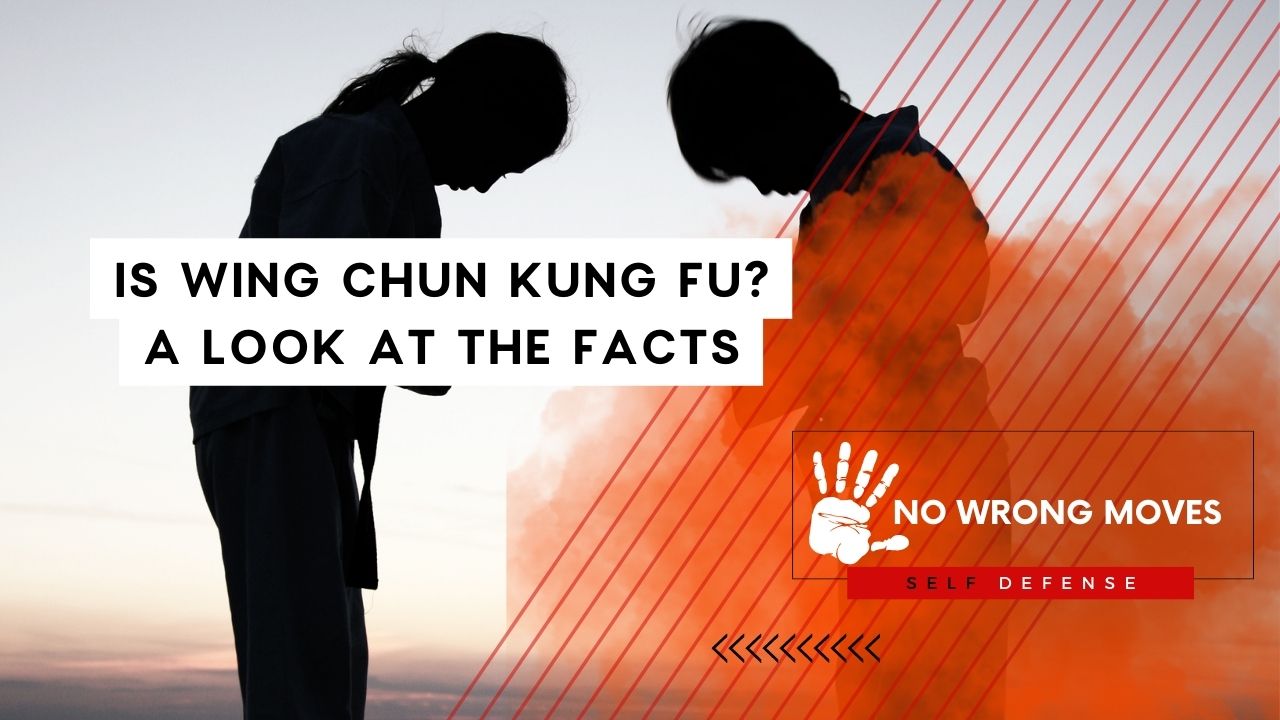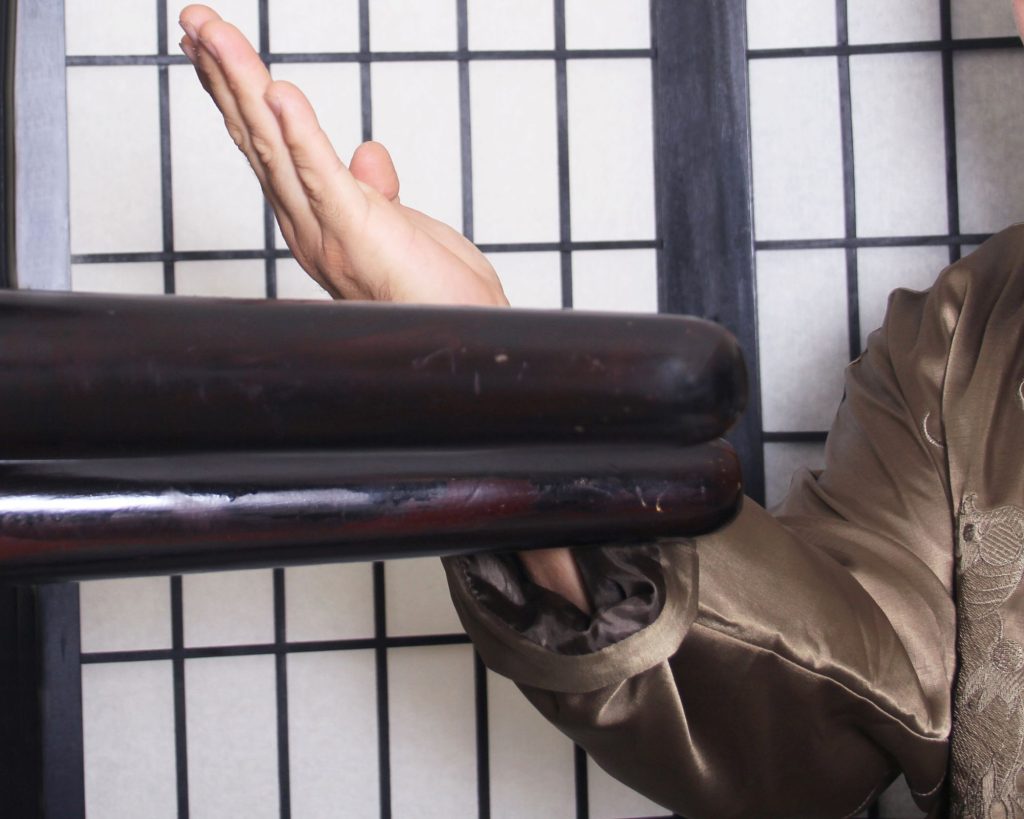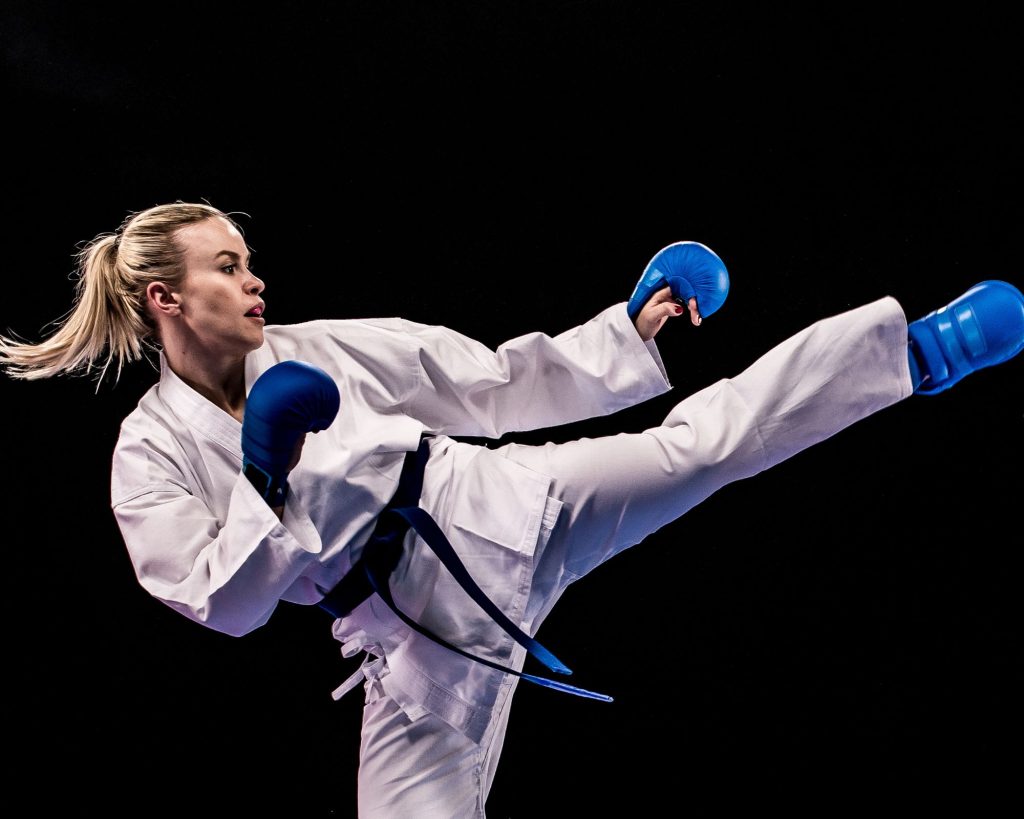
One of the most common questions asked by martial arts enthusiasts is whether Wing Chun is a type of Kung Fu. To the untrained eye, the two may seem like they are the same!
Closer inspection will reveal that they are actually quite distinct, however, and there are several key differences that eager practitioners of either martial art will need to take into account.
In this article, we'll answer the question, "is Wing Chun Kung Fu?" We'll also explore the differences between the two and then find common ground between them. Let's dive right in!
The Roots of Wing Chun

Wing Chun is a martial art that originated in China, and it is named after the woman who is said to have created it.
According to legend, Wing Chun was developed by a woman named Yim Wing Chun, who was being forced into marriage by a local warlord. She sought out a Buddhist nun who taught her a style of martial arts that emphasized efficiency and speed.
Wing Chun's history is also closely tied to the turbulent political and social climate of China at the time, with many of its practitioners being involved in rebellions and uprisings against foreign powers.
Despite facing suppression and persecution, Wing Chun persevered and continued to develop, eventually becoming a respected martial art both in China and around the world.
Wing Chun was born from this unique blend of fighting styles, and it has since become a popular martial art around the world.
Defining Kung Fu

Kung Fu is a term that encompasses a wide range of Chinese martial arts. Kung Fu includes a variety of fighting styles, each with its own unique characteristics and techniques.
Kung Fu can be traced back to ancient China and has been used for self-defense, health benefits, and even as a form of spiritual practice.
Kung Fu encompasses a wide range of techniques, including strikes, kicks, throws, and joint locks. Different Kung Fu styles place varying degrees of emphasis on each technique, and some styles may focus more on strikes than throws, or vice versa.
Kung Fu also includes weapons training, with many styles incorporating the use of swords, staffs, and other traditional Chinese weapons.
The principles of Wing Chun

Wing Chun's origins are fairly shrouded in mystery and difficult to trace back to just one area, what with the art being passed down orally from teacher to student.
This kind of oral tradition has made it difficult to trace the origins of Wing Chun, but many historians attribute its development to Southern Chinese Martial Arts.
Many of the complications in documenting Wing Chun's history and origins are due to its association with Anti-Qing rebellious movements, which led to the secrecy of its development.
Currently, there are eight distinct lineages of Wing Chun, each with its own unique history of origin. Some lineages are more well-known than others, such as Ip Man and Yuen Kay-shan, but each has contributed to the evolution and development of Wing Chun.
Within these lineages, there are also competing genealogies about the same individual teachers, further adding to the complexity of Wing Chun's history.
As a martial art, Wing Chun is characterized by its principles of economy of motion, directness, and simplicity. The goal of Wing Chun is to use the least amount of effort to achieve the greatest efficiency.
Wing Chun fighters focus on close-range combat and emphasize hand strikes, trapping, and grappling techniques. The Wing Chun stance is narrow, with the feet close together, and the hands held close to the body.
Principles of Kung Fu
To be able to fully appreciate the depth and breadth of Kung Fu, you'll first need to take to heart many of its core principles.
The first among them is to study broadly and diversify your skills. By embracing a variety of techniques and styles, your movements become fluid and adaptable, allowing you to move effortlessly in any direction.
The second is to question and examine. Through introspection, and even a healthy amount of doubt, you notice your strengths, learn what weaknesses need to be addressed, and are able to find out how to become a better practitioner.
Next is to analyze, then make informed decisions about your actions. This kind of focus on careful analysis is a reflection of the dynamic nature of Kung Fu, and it ensures that your movements remain fluid and effective.
And finally, practice with sincerity and dedication. This principle embodies the infinite and eternal nature of Kung Fu, connecting Heaven and Earth through the power of your movements.
Examining the differences

While Wing Chun is a type of Kung Fu, it certainly isn't the same as other forms. Kung Fu overall is a very broad term that includes many different styles, each with its own unique techniques and principles.
A key thing that separates Wing Chun from other forms of Kung Fu, however, is its emphasis on practicality. Many styles, such as Shaolin Kung Fu, are complex and physically demanding martial arts in their own right, but they can be primarily intended for show and entertainment.
Wing Chun is a more practical fighting system that was developed to train physically smaller opponents to fight effectively.
In today's world, Wing Chun is widely recognized as a more efficient and practical martial art, and it can even be incorporated into MMA training. It's a combat system that's certainly very good at teaching its practitioners to defend themselves in real-life situations.
Overall though, Wing Chun has a fairly specific set of principles and techniques that help set it apart from other Kung Fu styles.
Bottom line: Wing Chun or Kung Fu?

While Wing Chun is a type of Kung Fu, it is not the same as other Kung Fu styles. Wing Chun has a unique set of principles and techniques that set it apart from other Kung Fu styles, and it is often recognized as a distinct martial art in its own right.
Whichever you choose to study, either Wing Chun or Kung Fu, the decision is ultimately yours to make. You deccide your own personal interests and goals, and so you know which martial art should be best for you.
Wing Chun, and Kung Fu in general, offer a rich history, a challenging physical practice, and the potential for personal growth and development. It's something you definitely can't miss.
That's about it for Wing Chun and Kung Fu! Take a look at boxing here next!
[author-box-jpx-fitness]
